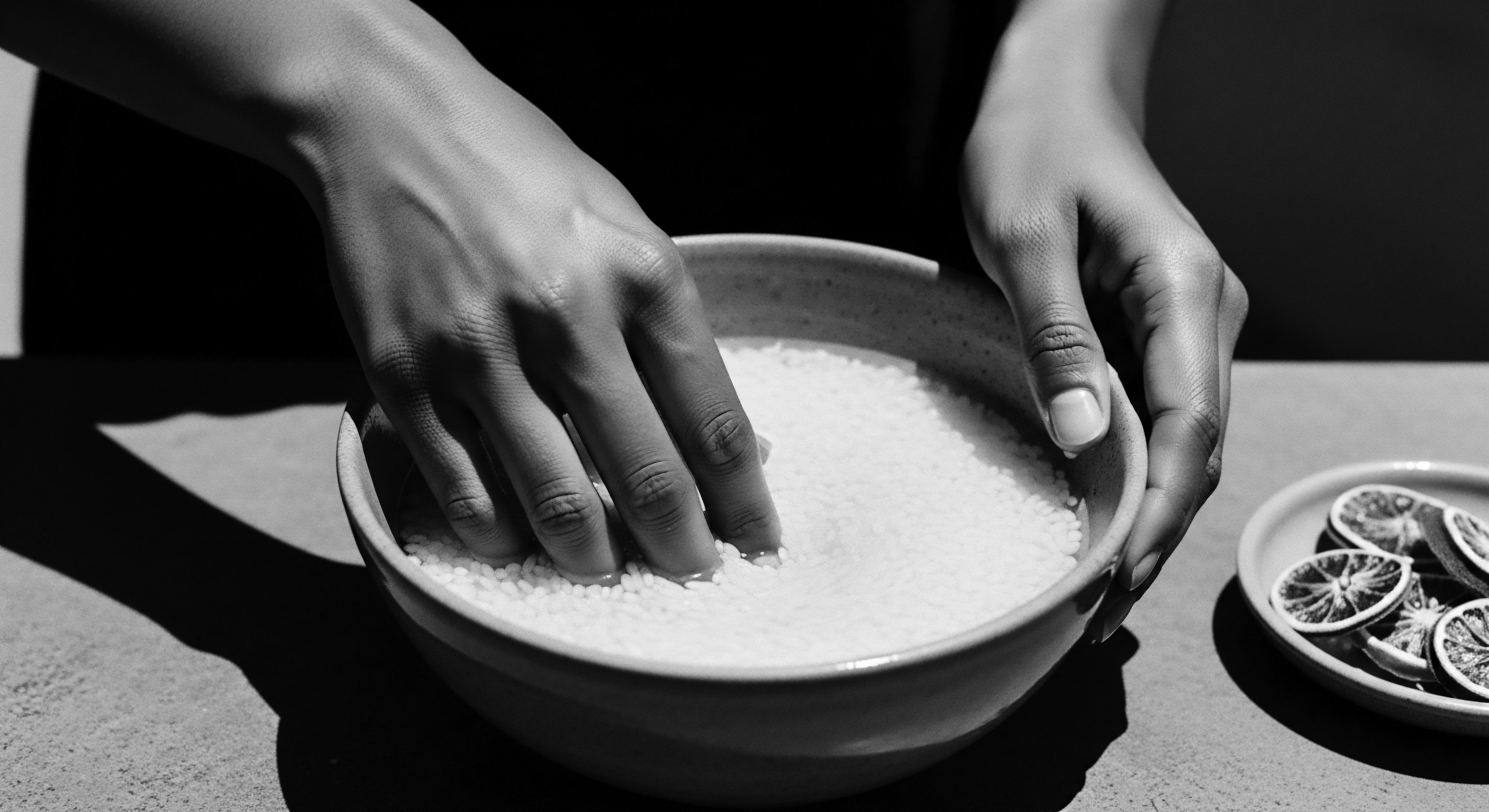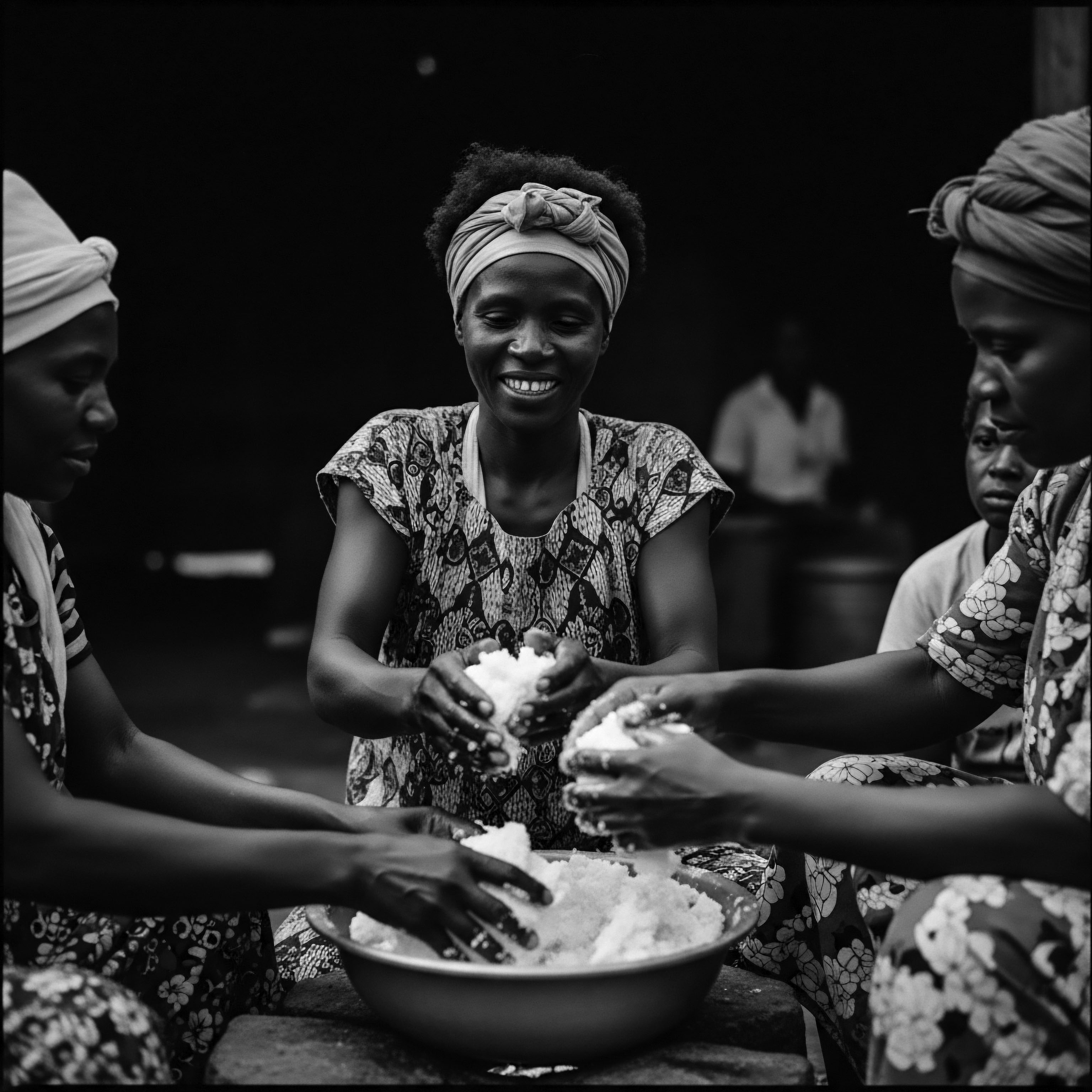
Do nutritional deficiencies impact textured hair’s protein structure?
Nutritional shortfalls weaken textured hair's protein structure, a legacy often tied to historical dietary disruptions within diasporic communities.
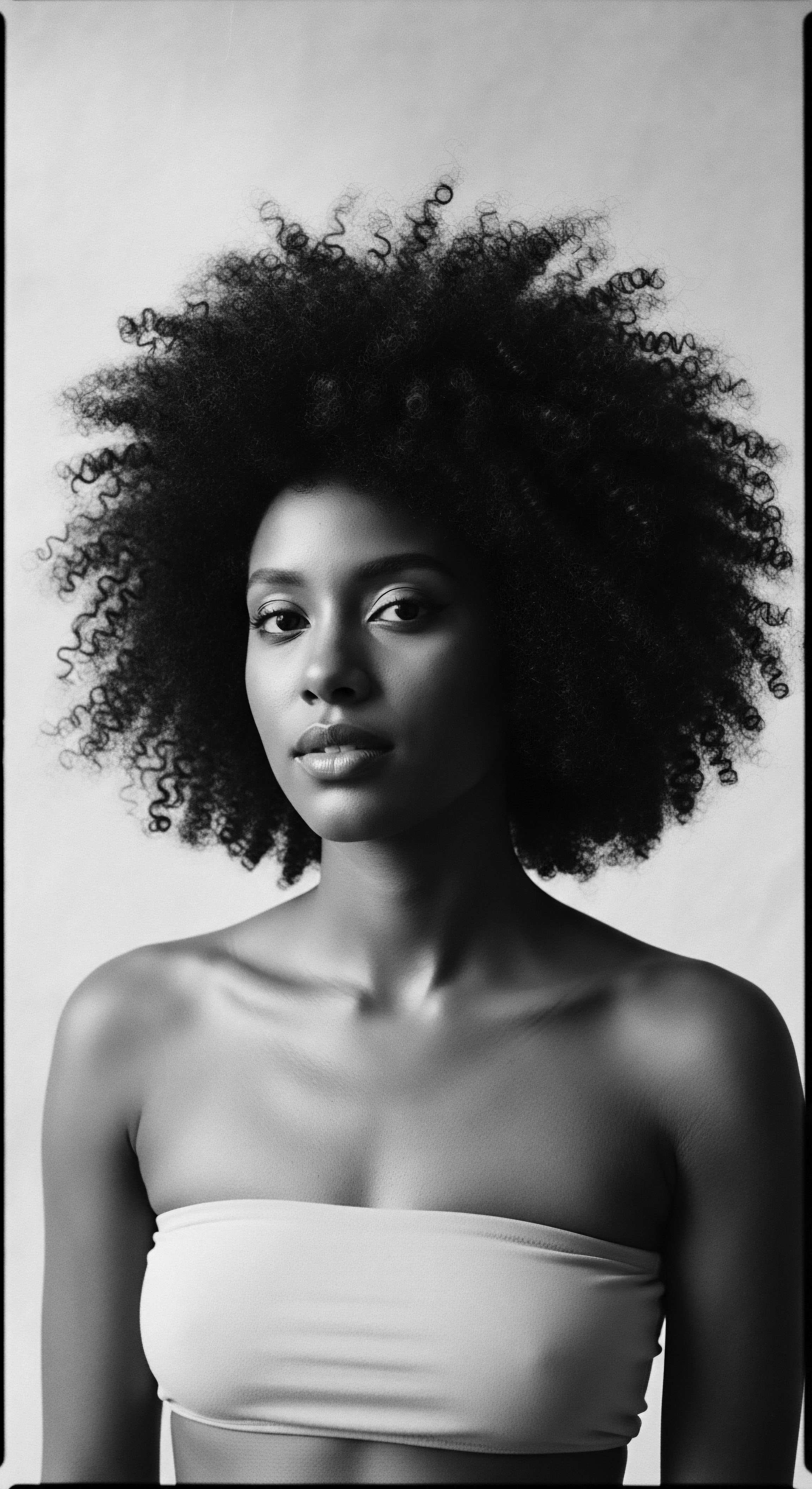
What historical care methods preserved textured hair’s protein?
Historical methods preserved textured hair's protein through natural emollients, gentle cleansing agents, and protective styling, reflecting ancestral wisdom.
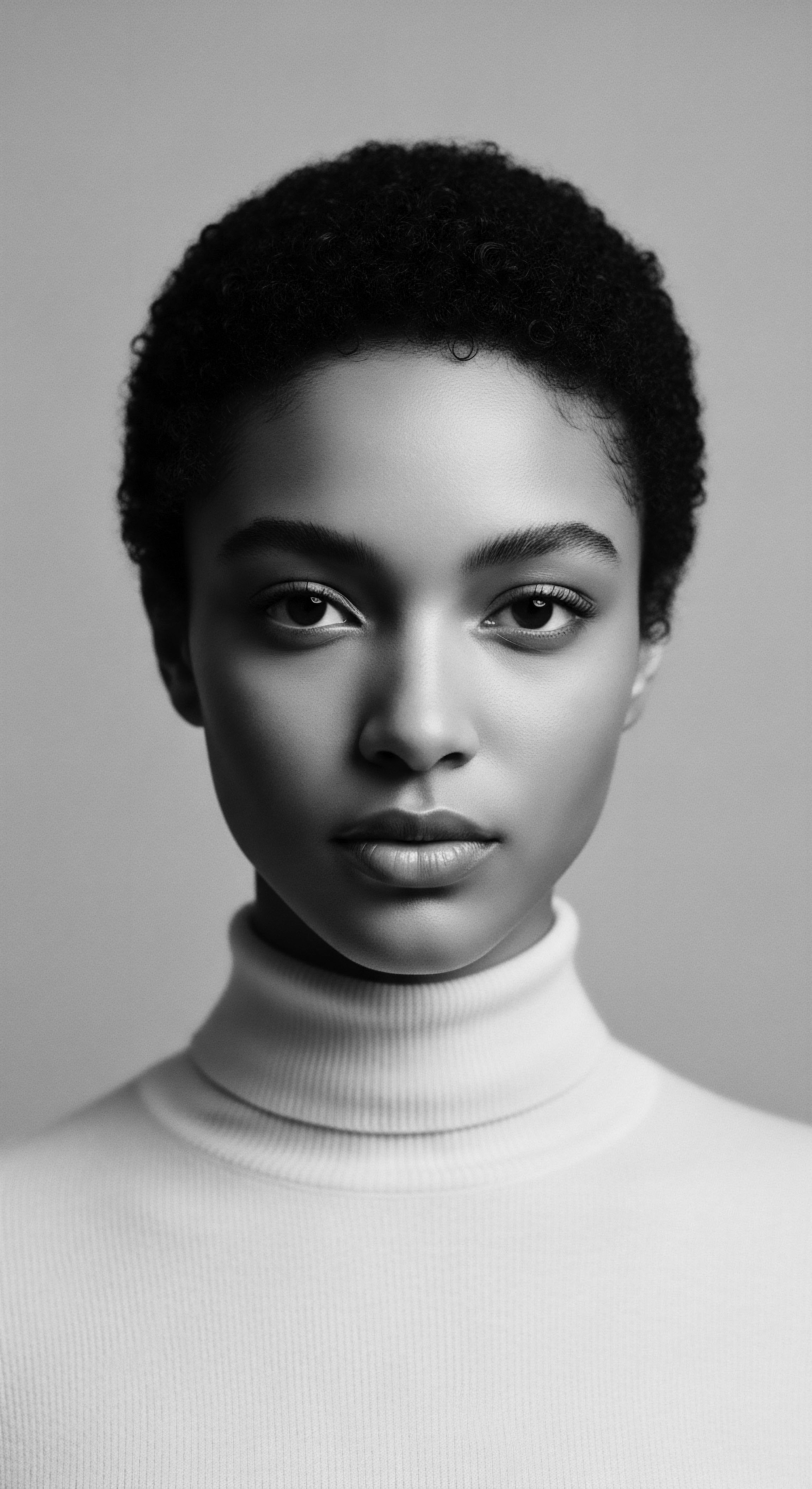
Hair Protein Needs
Meaning ❉ Hair protein needs denote the essential requirement for keratin and structural reinforcement to maintain textured hair's integrity and strength across its heritage.
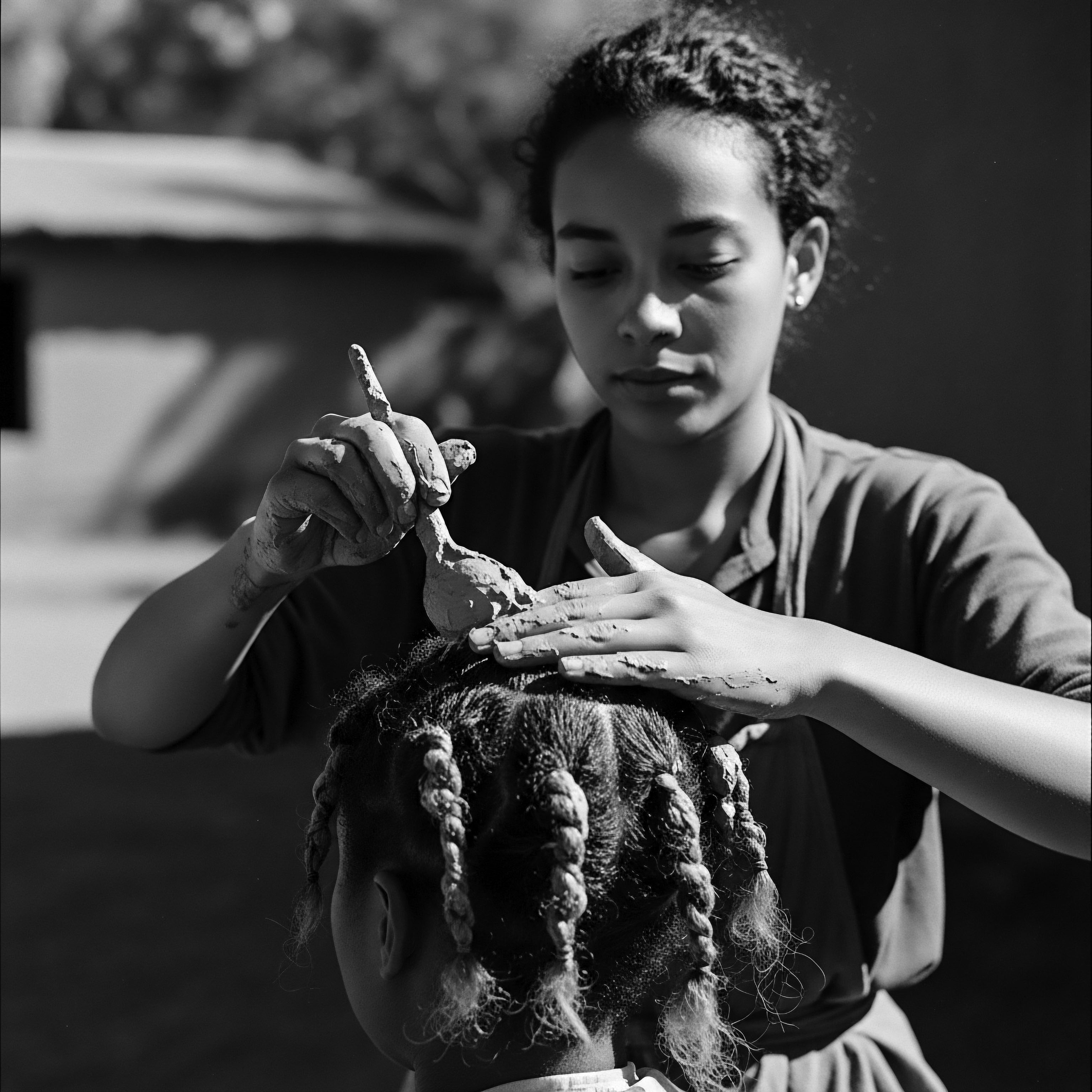
Does ancestral eating affect textured hair’s protein?
Ancestral eating profoundly influenced textured hair's protein through nutrient-rich diets, a connection deeply rooted in cultural heritage and biological vitality.
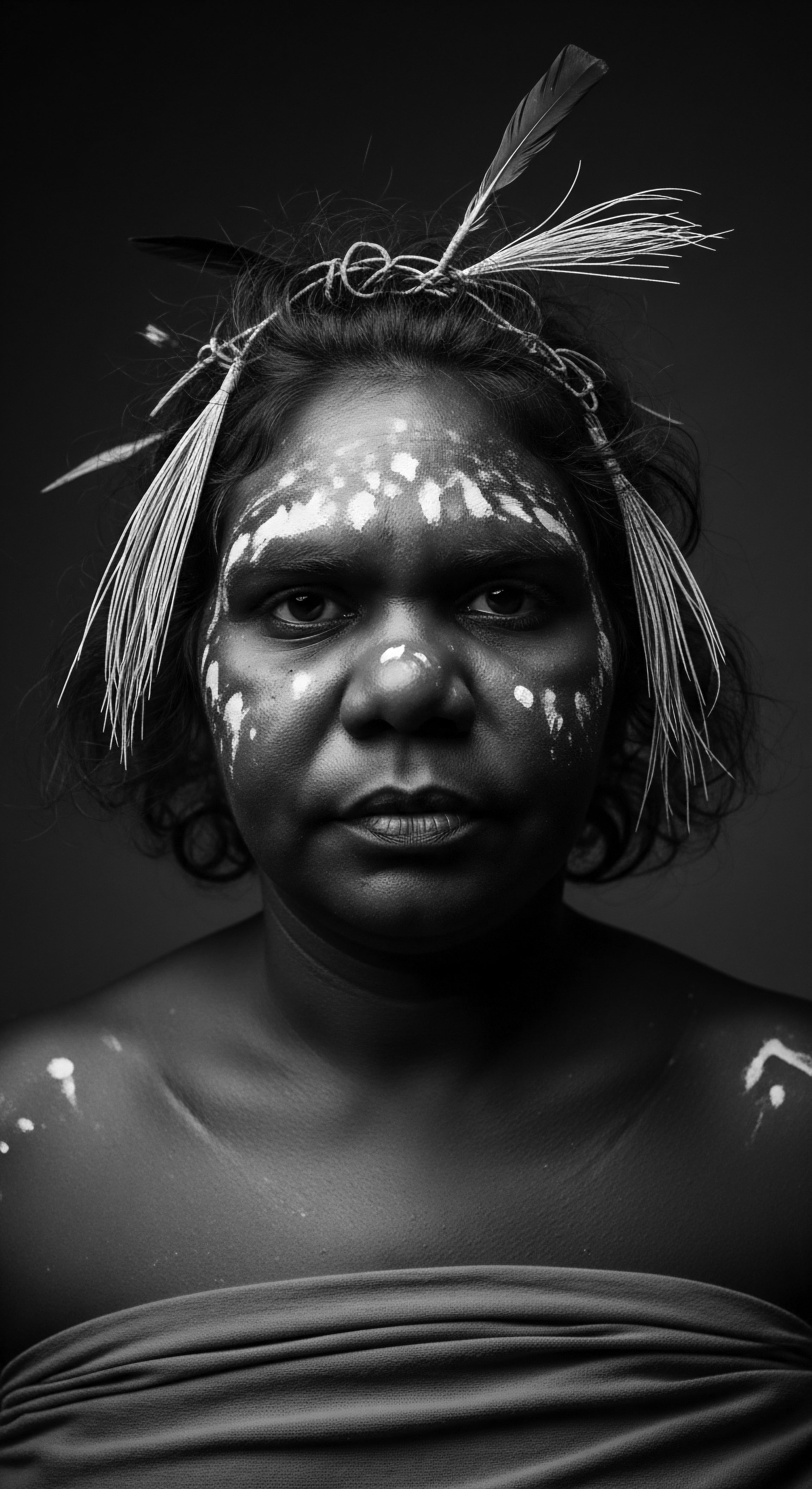
Methionine Cysteine Hair
Meaning ❉ Methionine Cysteine Hair defines the essential amino acids forming keratin, critical for the strength, resilience, and unique curl patterns of textured hair.
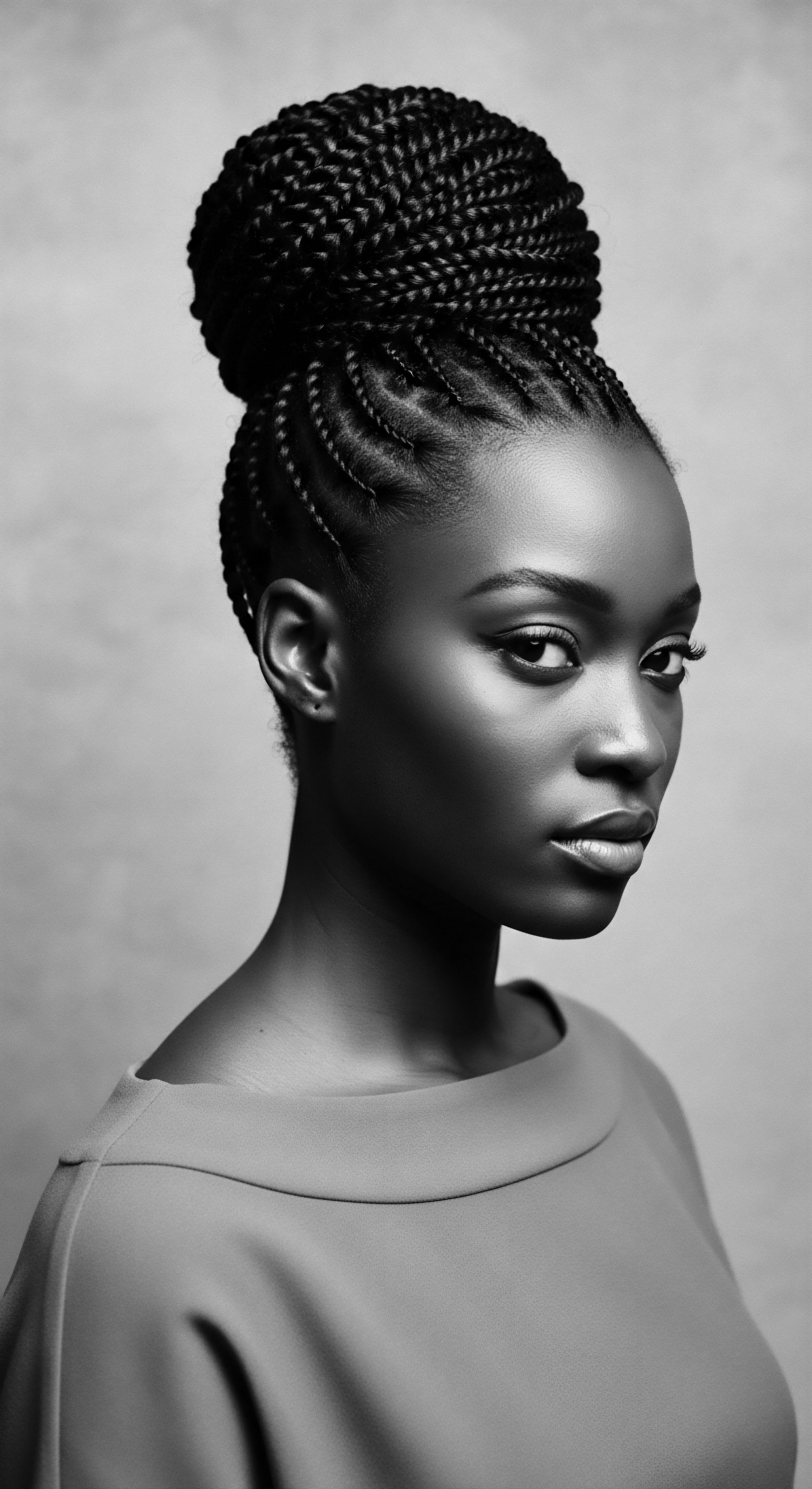
Fonio Grain
Meaning ❉ Fonio Grain is an ancient West African cereal, deeply intertwined with cultural heritage and holistic well-being, offering unique nutritional benefits for textured hair vitality.
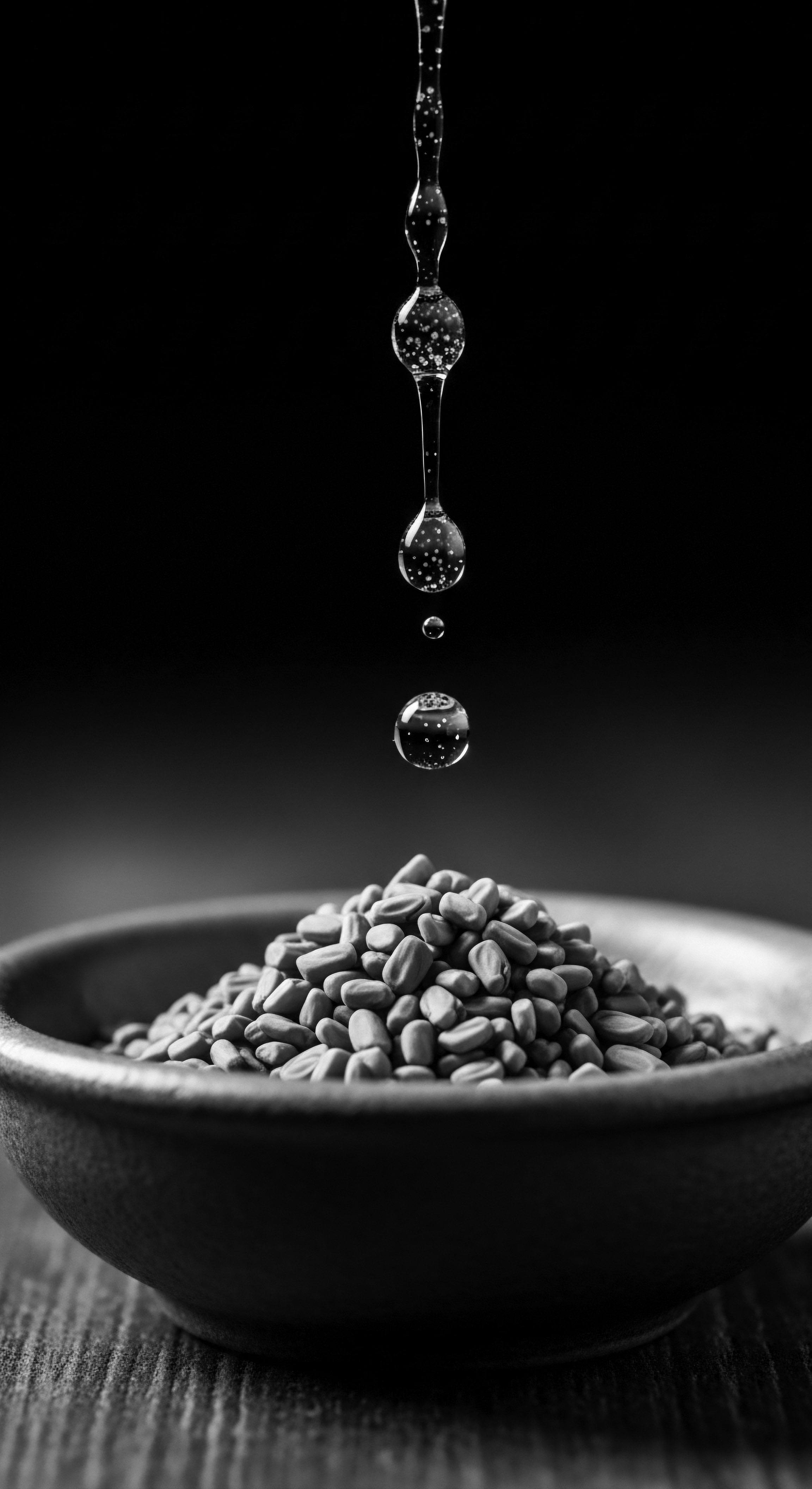
How does coconut oil nourish textured hair?
Coconut oil nourishes textured hair by deeply penetrating strands to prevent protein loss and lock in moisture, a practice rooted in generations of ancestral wisdom.

